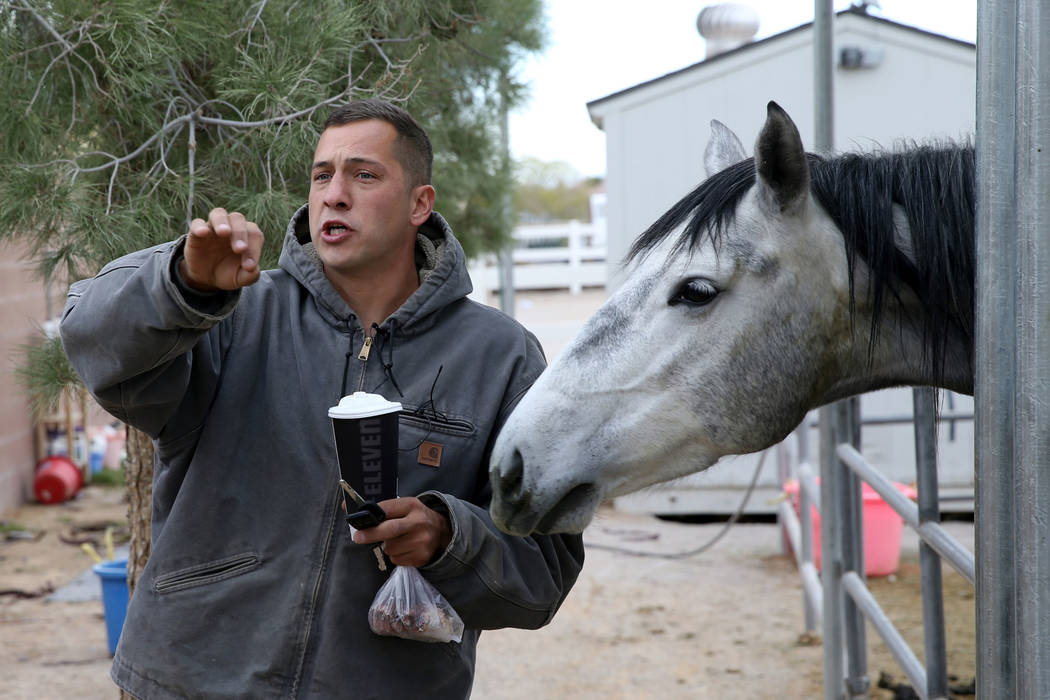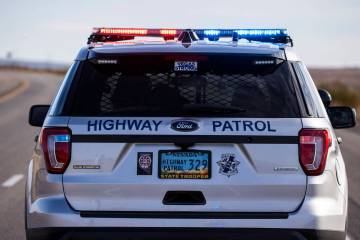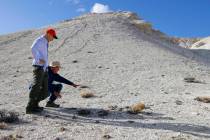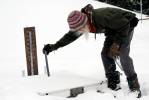NTSB: Pilot made 4 turns just before deadly crash near Las Vegas
The pilot of an airplane that crashed into Gass Peak in November, killing all three occupants, made four separate turns in the minutes before his aircraft slammed into the mountain north of Las Vegas.
The details on the aircraft’s movements are contained in a preliminary report on the Nov. 26 crash released this week by the National Transportation Safety Board. Killed were pilot Gregory Akers, 60, of Henderson, Akers’ wife, Valeriya Slyzko, 48, and Nina Morovova, 71.
The NTSB report says Akers’ aircraft, a Cirrus SR-22 airplane, took off from Lake Havasu City, Arizona, at 4:43 p.m. The destination of the flight was the North Las Vegas Airport.
Visual flight plan was filed
“Dark night visual meteorological conditions prevailed, and a visual flight rules flight plan was filed,” the report stated.
Investigators reviewed preliminary radar data showing the airplane was flying in a northwesterly direction at an altitude of about 6,500 feet above sea level. The airplane maintained that altitude for most of the flight.
“At 1724:29 (5:24 p.m.) a left turn to a westerly heading was initiated, where the airplane remained for about one minute until it made a right turn to a northwesterly heading,” the report said.
The report states that 78 seconds later, the airplane turned again, this time in a northern direction. It remained on this course for one minute, 24 seconds, then “subsequently returned to a northwesterly heading where it remained until radar contact was lost two minutes later in the area of Gass Peak.”
Hit mountain 400 feet below summit
An examination of the accident site by the Federal Aviation Administration showed the airplane hit the mountain about 400 feet below the summit of Gass Peak, which stands at 6,937 feet.
“The wreckage was fragmented and mostly consumed by a post-impact fire,” the report states. “The wreckage was recovered to a secure location for further examination.”
Visibility was listed at 10 miles at the time of the crash and winds were light, listed at 6 knots (just under 7 mph).
But it was dark and the flight plan indicated the pilot was flying under “visual flight rules,” which are based on the “principle of see and avoid,” according to the FAA.
Contact Glenn Puit at gpuit@reviewjournal.com or 702-383-0390. Follow @GlennatRJ on Twitter.
RELATED
Winter storm delays investigation of plane crash near Las Vegas































